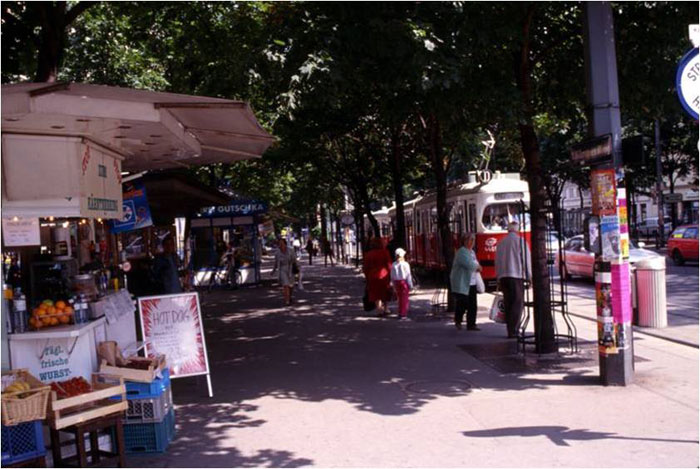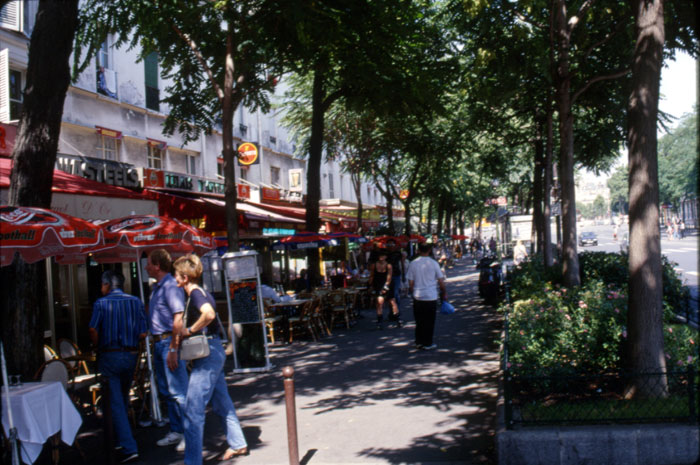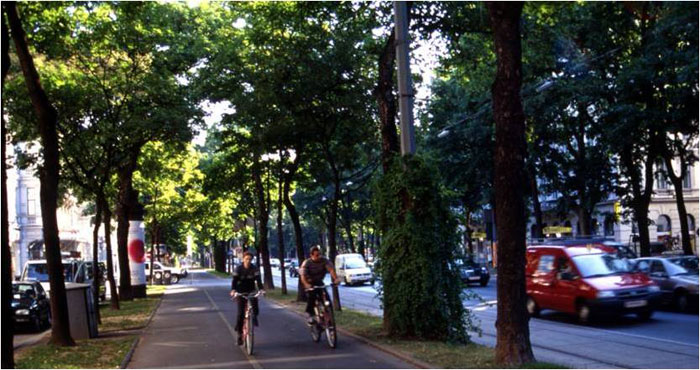Streets as parks
We think of parks as special places we go to exercise or relax and enjoy nature.

For example, the Commonwealth of Pennsylvania boasts 116 state parks and more than 2 million acres of forest lands. But how many people use them regularly? Most people go for months or even years at a time without visiting a state park.

Local parks
Likewise, nearly all municipalities have their own parks. A handful of people visit their local park every day. But most people don't. Pottstown, a town of 21,000 people living on five square miles, has 12 local parks. Few people even know where they all are.
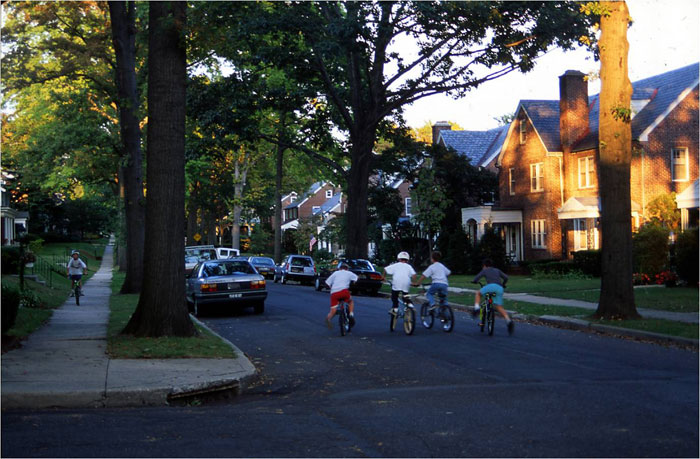
Unlike parks, we use our streets every day
But people use streets every day -- to go to work, to shop, to visit friends, or, in the case of children, to play and ride their bikes. This is our most important outdoor area -- the streets where we live and work.
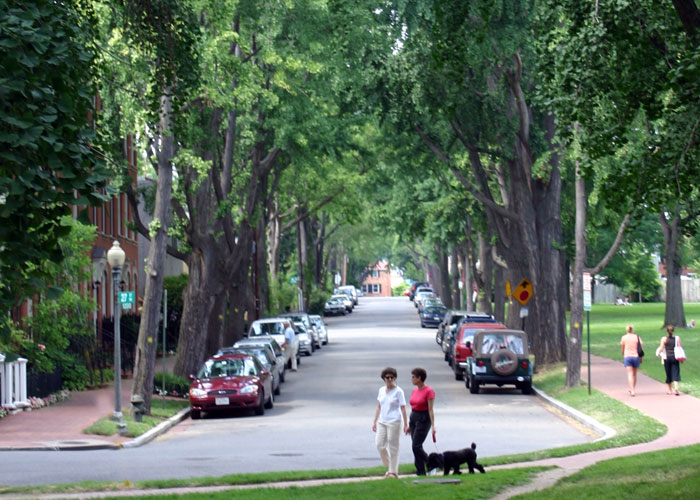
Abundant street trees can make every street feel like a park.
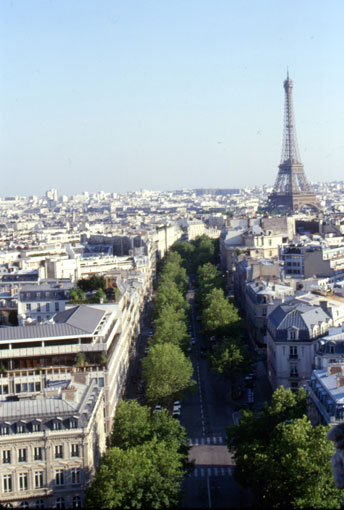
In Paris, streets ARE the parks
As this view from the Arc de Triomphe shows, towering plane trees help turn Paris streets into parks.
Parisian boulevards enjoy a park-like feel
Paris has many lovely municipal parks, carefully maintained. But many Parisian streets feel like parks because of enormous canopy trees and ubiquitous flower beds. Every errand usually brings a walk or bicycle ride through a linear park, also known as a street or boulevard.
Is this a street or a park? It's both.
One of the loveliest urban corridors in the world is Vienna's famous Ringstrasse. The Ringstrasse has a parking lane for cars on each side, and two rows of linden trees with separate paths for pedestrians and bicyclists in between. In the center of the Ringstrasse are lanes for trolleys and cars. Although this is a major transportation corridor, it feels like a park because of the abundant trees.
